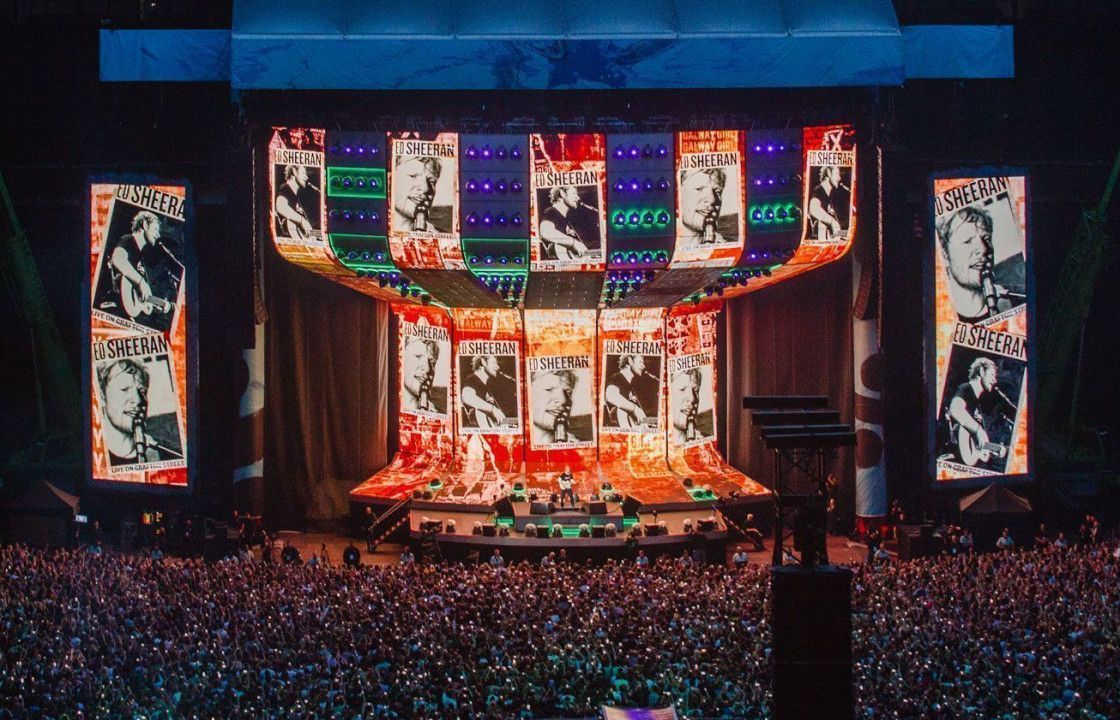Investigating the Essential Elements That Influence Luminance in Light Emitting Diode Wall Panels
Investigating the Essential Elements That Influence Luminance in Light Emitting Diode Wall Panels
Blog Article
LED panel screens are progressively favored for and promotion and leisure due to their luminous and vivid images. Grasping the elements that affect the luminosity of these panels is crucial for producers and buyers alike. Luminosity is typically gauged in nits, which indicates how much illumination is emitted from the area of the screen. Numerous key factors contribute to the overall luminosity, including the kind of Light Emitting Diode used, the caliber of the screen materials, and the power provided to the panel.
The kind of LED component used in a wall panel plays a significant role in its luminosity. Different LEDs produce varying levels of lumens, which gauge the amount of light perceptible to the human eye. High-quality chips, such as those made using advanced technology, can generate brighter light with higher efficiency. Furthermore, the hue tone of the LED also influences perceived brightness. For instance, colder color tones (higher Kelvin values) can appear more luminous than warmer ones, even at the identical lumen level. This feature is important for uses where visibility is important, such as in outdoor advertising.
The substances used in the construction of Light Emitting Diode wall screens also influence their brightness. The kind of substrate and coating materials can affect how much illumination is transmitted versus how much is taken in or scattered. For example, a screen made with high-quality optical material will permit more illumination to pass through than one made with inferior materials. Additionally, the design of the screen, including its thickness and the arrangement of the LEDs, can improve or diminish luminosity by affecting how illumination is distributed across the panel.
The power source provided to the LED panel panels is another critical factor in establishing brightness. next Each Light Emitting Diode chip has a particular electric potential and current need for optimal functioning. If the power source falls short, the luminosity of the screen will decrease. Conversely, providing too much energy can lead to overheating and decreased durability of the Light Emitting Diodes. Therefore, maintaining a consistent and adequate energy supply is essential for realizing consistent luminosity levels. This is particularly vital in dynamic displays, where luminosity may need to be adjusted for varied lighting conditions.
Finally, environmental factors can affect how brightness is perceived. Surrounding light conditions play a major role in how luminous an LED panel screen appears. In luminous sunlight, for example, a panel with a lower luminosity level may struggle to be visible clearly, while a higher-brightness panel can be prominent more effectively. Additionally, the perspective from which the screen is viewed can influence brightness appearance due to how light reflects off surfaces. Comprehending these factors helps buyers select the right Light Emitting Diode wall screen for their needs and ensures that manufacturers create useful site products that meet luminosity standards for various uses.